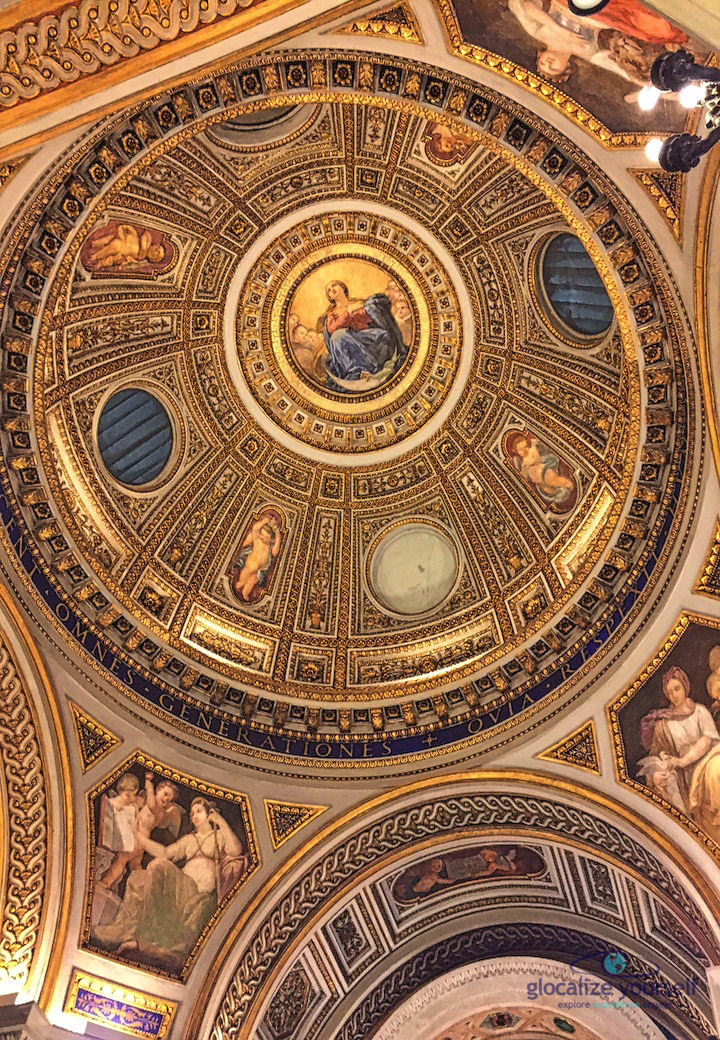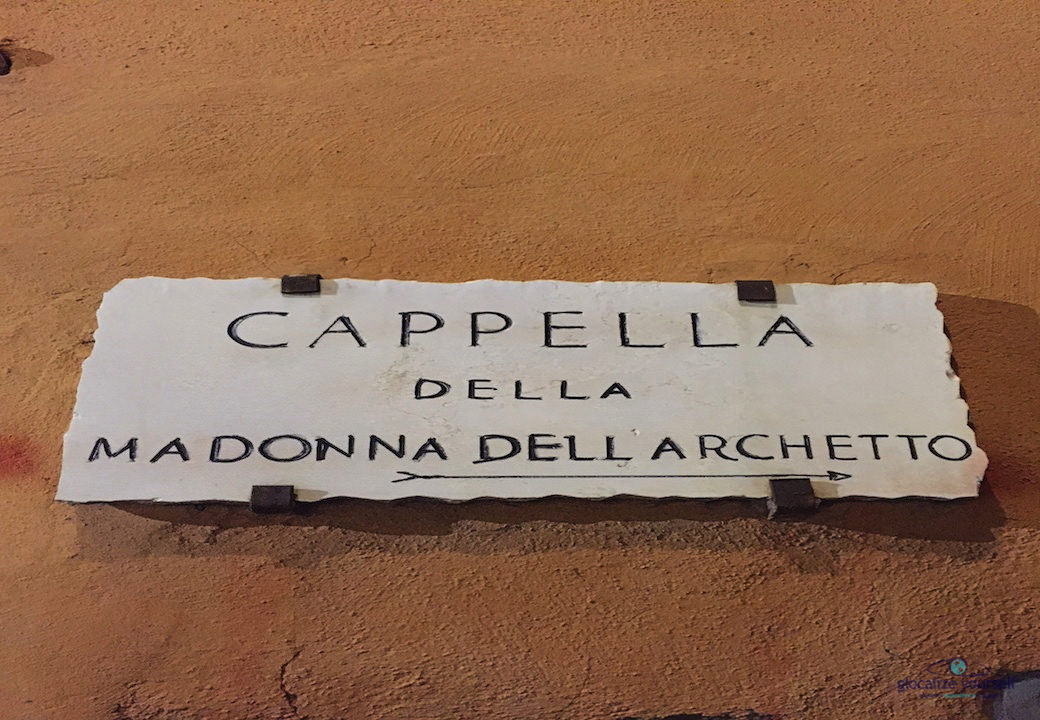
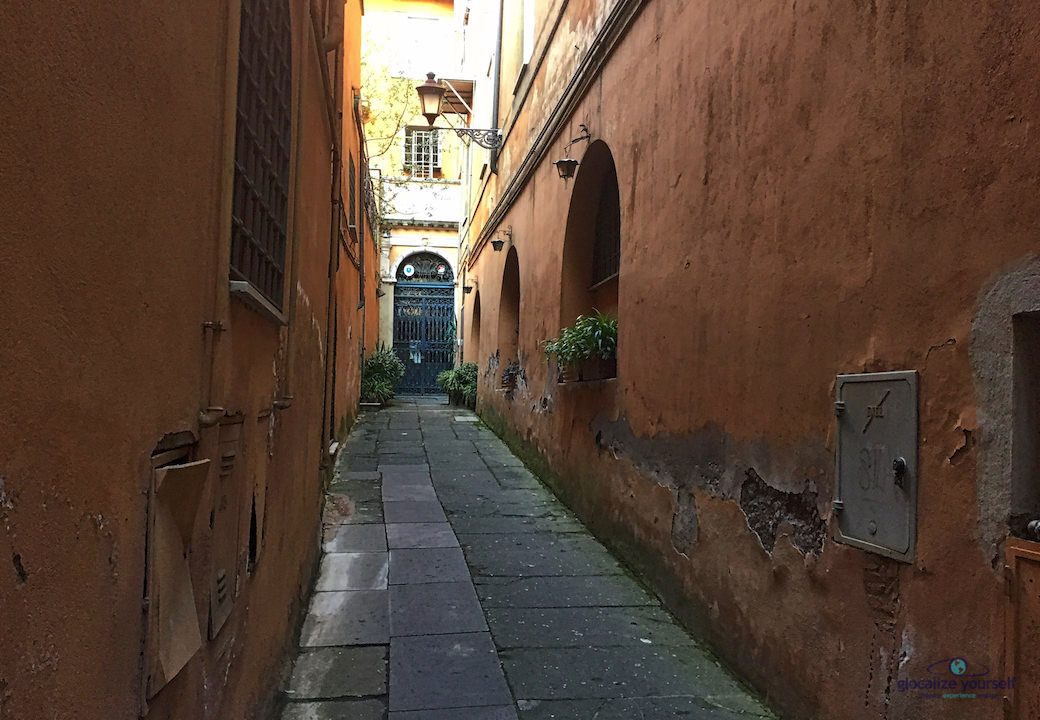
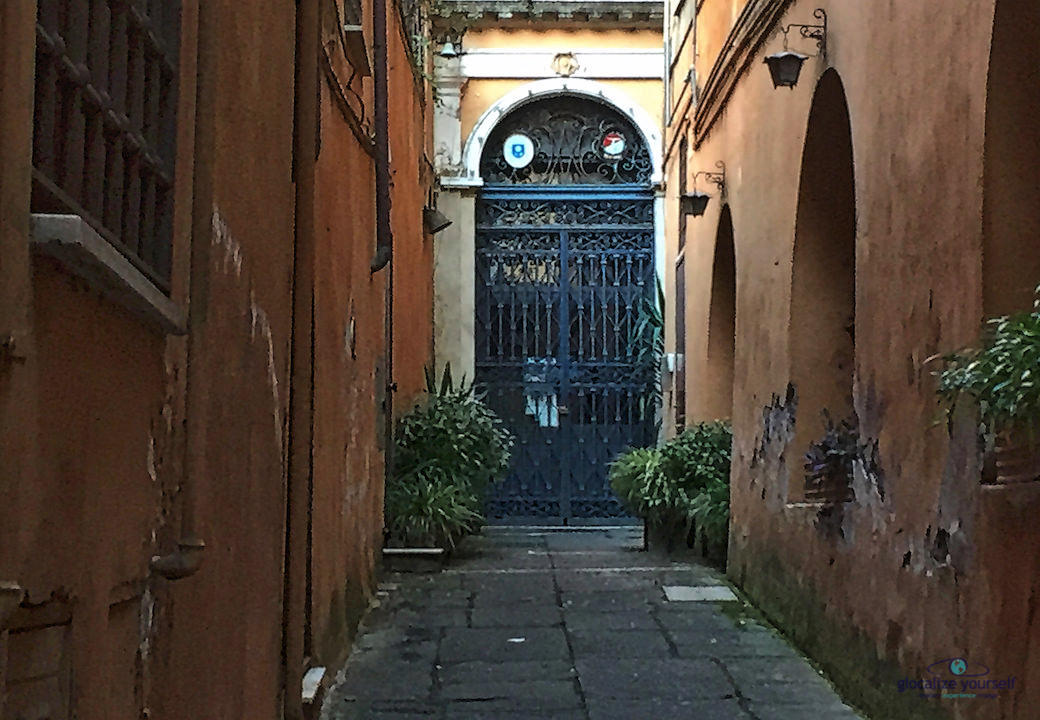
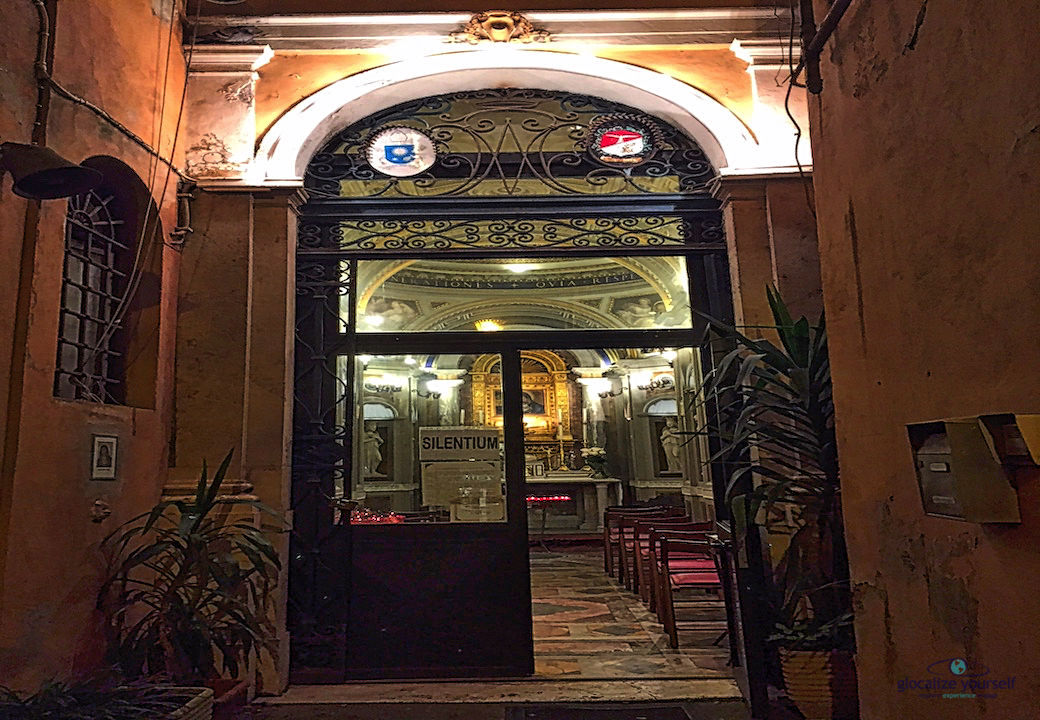
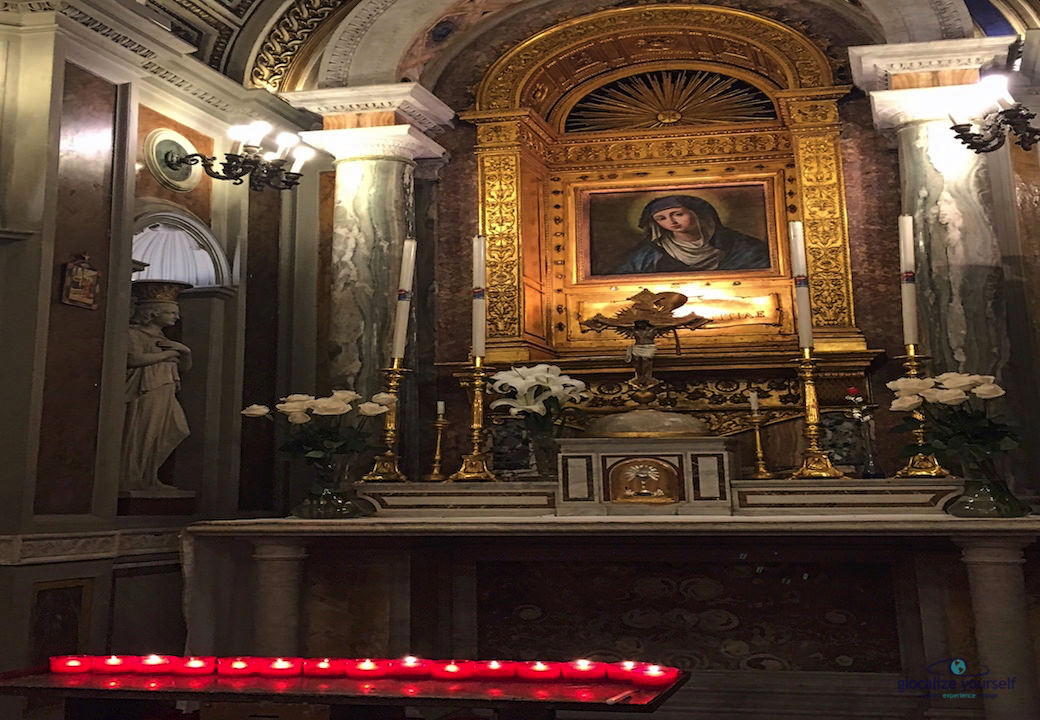
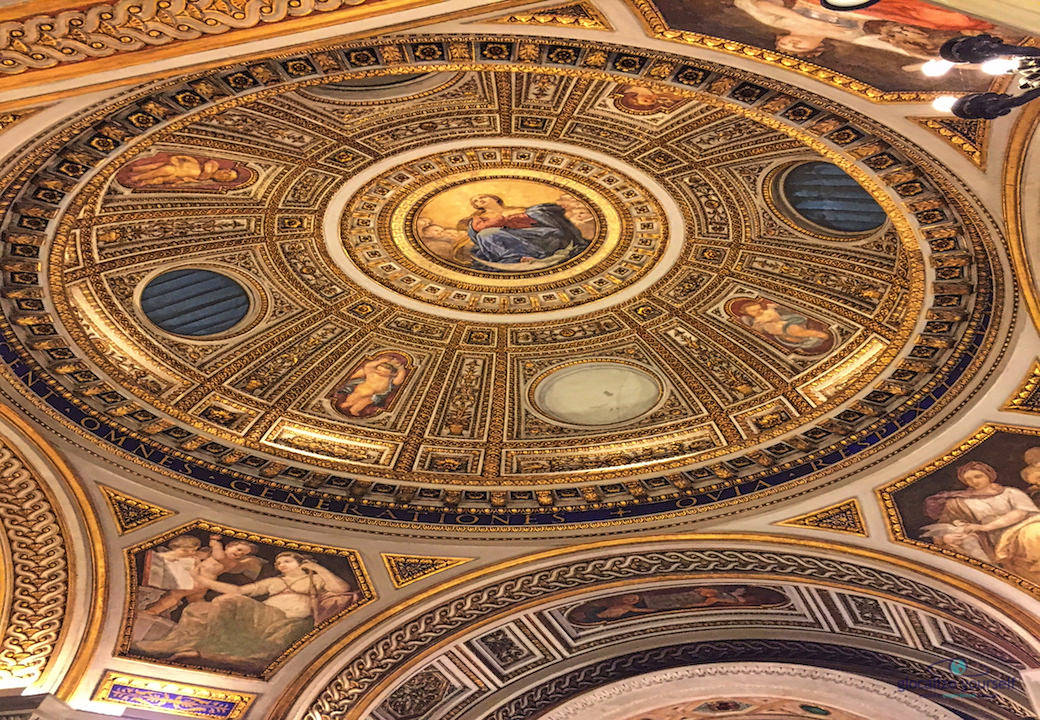
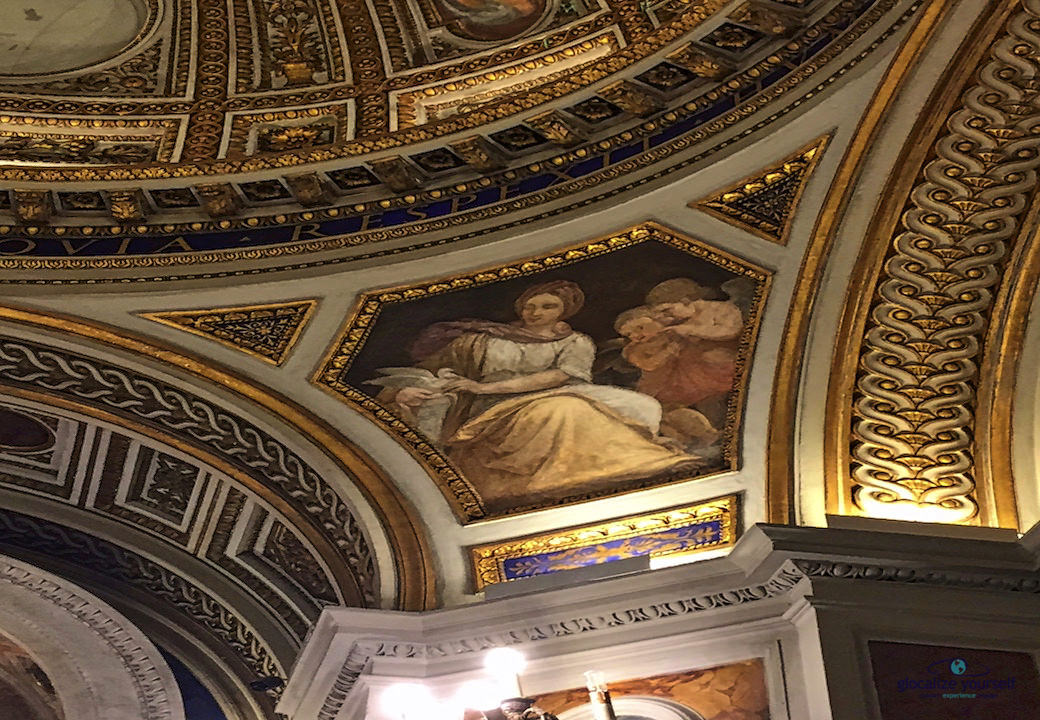
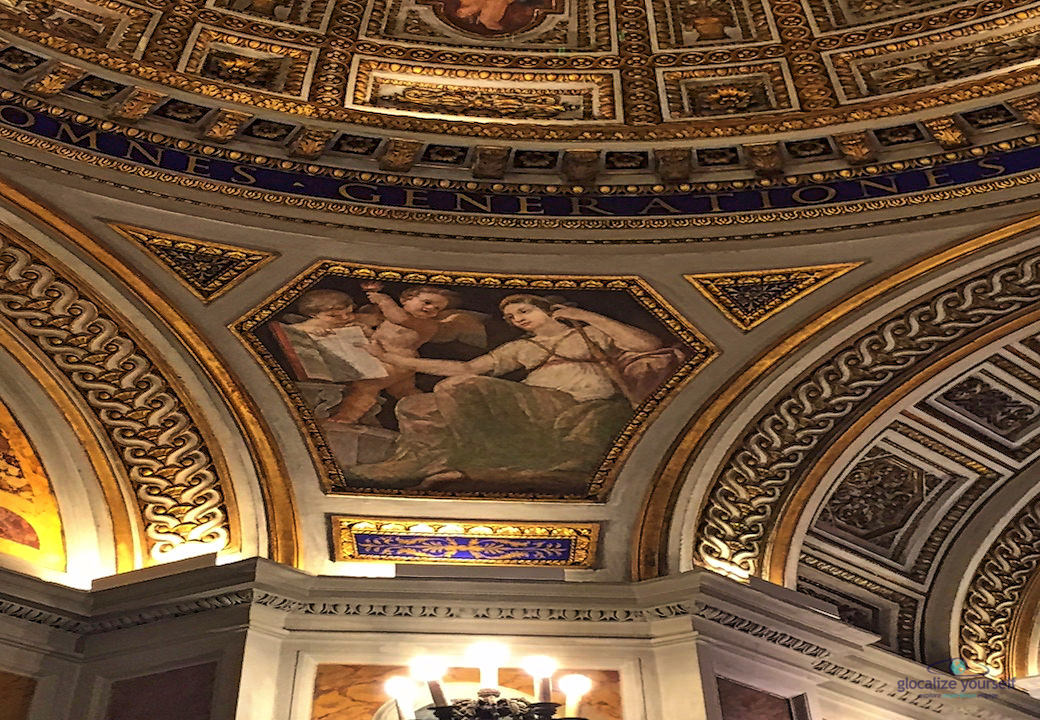
 This small place of prayer can be found in the Trevi neighborhood, at the end of a small street that crosses Via San Marcello at number 41b.
This small place of prayer can be found in the Trevi neighborhood, at the end of a small street that crosses Via San Marcello at number 41b.
Inside the church is an image of the Madonna that is believed to be miraculous.
It all began around 1690, when Alessandra Mellini of the noble Muti Papazzurri Savorelli family commissioned the Bolognese painter Domenico Maria Muratori, who had just arrived in Rome, to create an image depicting the Virgin Mary.
Muratori also created the largest altarpiece in Rome, located at the Basilica dei Santi Dodici Apostoli.
Inspired by the earlier work of Sassoferrato, the artist decided to create an oil painting on majolica (a form of ceramic), which ended up weighing almost 40 Kg.
Legend has it that in 1696 the image of the Madonna moved her eyes.
Afterward, the owner decided to place the painting outside on the small street, hanging it under the arch that connected the two adjoining buildings.
That way people would have the opportunity to publicly worship the Madonna.
In 1751 a first shrine was built and the image became known as Maria Santissima Causa Nostrae Laetitiae (Holiest Mary of Our Happy Cause).
Gates were also built that could be closed the night to prevent the gifts and votive offerings of the worshipers from being stolen, as they were sometimes precious items.
On July 9, 1796, the miracle of the Madonna moving her eyes occurred again, this time repeatedly and in front of several witnesses.
Some of them even said that the painting wept.
This amazing event led to a thorough canonical procedure, which resulted in the recognition of the famous event as an authentic miracle.
On that date, similar events happened with other "Madonnelle", or sacred images scattered throughout the city.
Many believe that these events were a sort of signal of the subsequent invasion of Rome by the Napoleonic army.
However, the particular Madonna on which this article focuses became a site of pilgrimage that attracted an increasing number of believers.
So many people came to visit the image that it was decided to close one side of the alley so that the street ends at the sacred image of Mary.
In the mid-nineteenth century, the final transformation of the site took place. It was decided that a small temple, which would house the sacred image, should be built.
The task, which was complicated due to the very small space available, was entrusted to the architect Virginio Vespignani.
The architect succeeded in creating a neo-Renaissance treasure that was inaugurated on May 31, 1851.
This is commemorated by a plaque above the entrance.
The temple is rich in precious materials and the floor features precious marble.
It is a good example of the Latin Cross church plan.
The niches of the nave are filled with ten plaster statues of angels in the form of caryatids, made by the sculptor Luigi Simonetti.
The vault is embellished with golden stucco friezes and even has a dome, a true architectural wonder due to the tiny space.
There are paintings by Costantino Brumidi, an artist born in Rome, who painted the frescoes of the dome of the Capitol Building in Washington D.C.
On the altar is the miraculous painting of Mary, inside a case made of gold-foiled wood.
This miniature church and true jewel of Rome has been declared a National Artistic Monument by the Superintendent of Fine Arts.
It is open every day at 18:30 for the recitation of the Rosary, while on public holidays it opens at 19:00 for the celebration of the Holy Mass.

 English
English  Italian
Italian 

